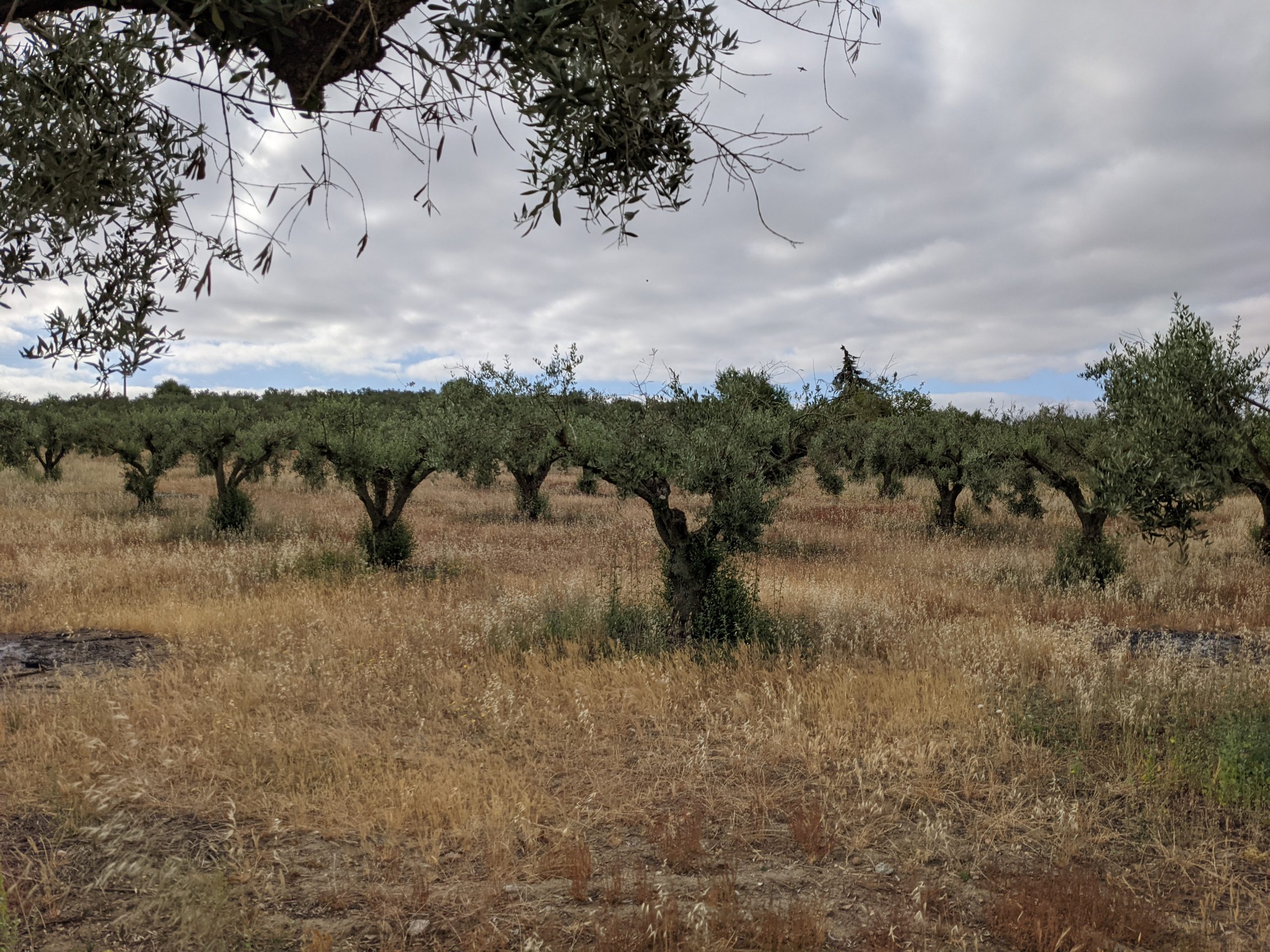While in Portugal we spent a few days in the rural Alentejo region. We absolutely loved our time here as there is so much to see and do, you will need to rent a car. We based ourselves in the tiny village of São Pedro do Corval and stayed at Casa Rico Frade Garden, which we could not recommend highly enough – the pool was a godsend in the hot weather! The village itself is lovely and welcoming, and very small, you can do a lap of it in about half an hour. We adored eating at Restaurante Adega Do Cachette and ate there a few times, trying many of their dishes. Their English is not so good but that is to be expected and we muddled through with their very friendly staff! Definitely eat the pork dishes, the pork in this area is unbelievably good. The Alentejo region is the home of Porco Preto (pork of the Iberian black pig) and is some of the best pork you will ever have! Here is a fabulous blog post about this cuisine. These piggies are the luckiest free range pigs in the world, gorging themselves on olives and acorns all day.
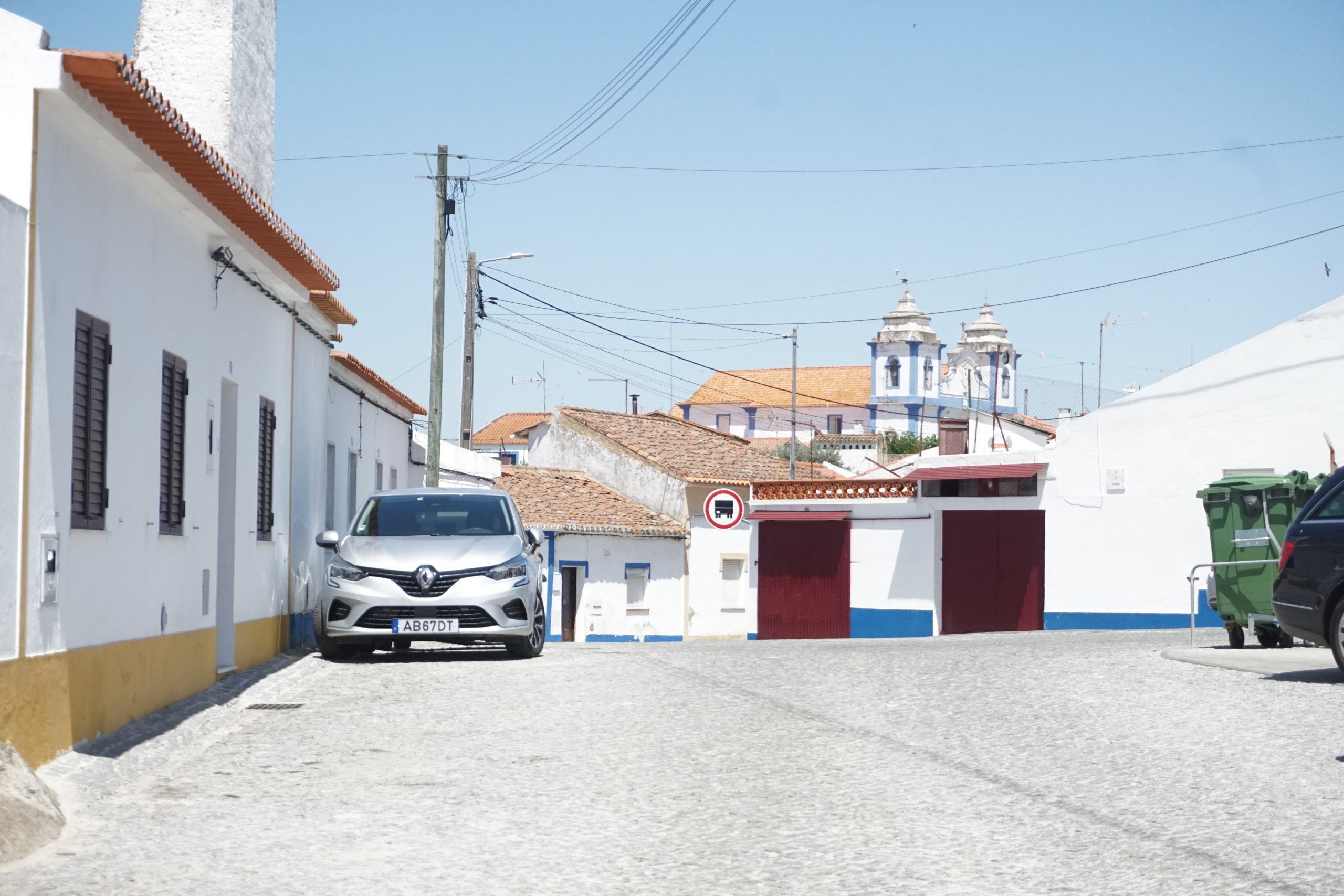
Other than the delicious food, the main reason you visit São Pedro do Corval is for the pottery. It is the centre of pottery in Portugal, just walk around and stumble across many different pottery workshops. No one bothers you as you walk in, browse and watch the master potters practising their trade. It really is a wonderful way to spend some of your time in the area and the prices are incredibly reasonable.
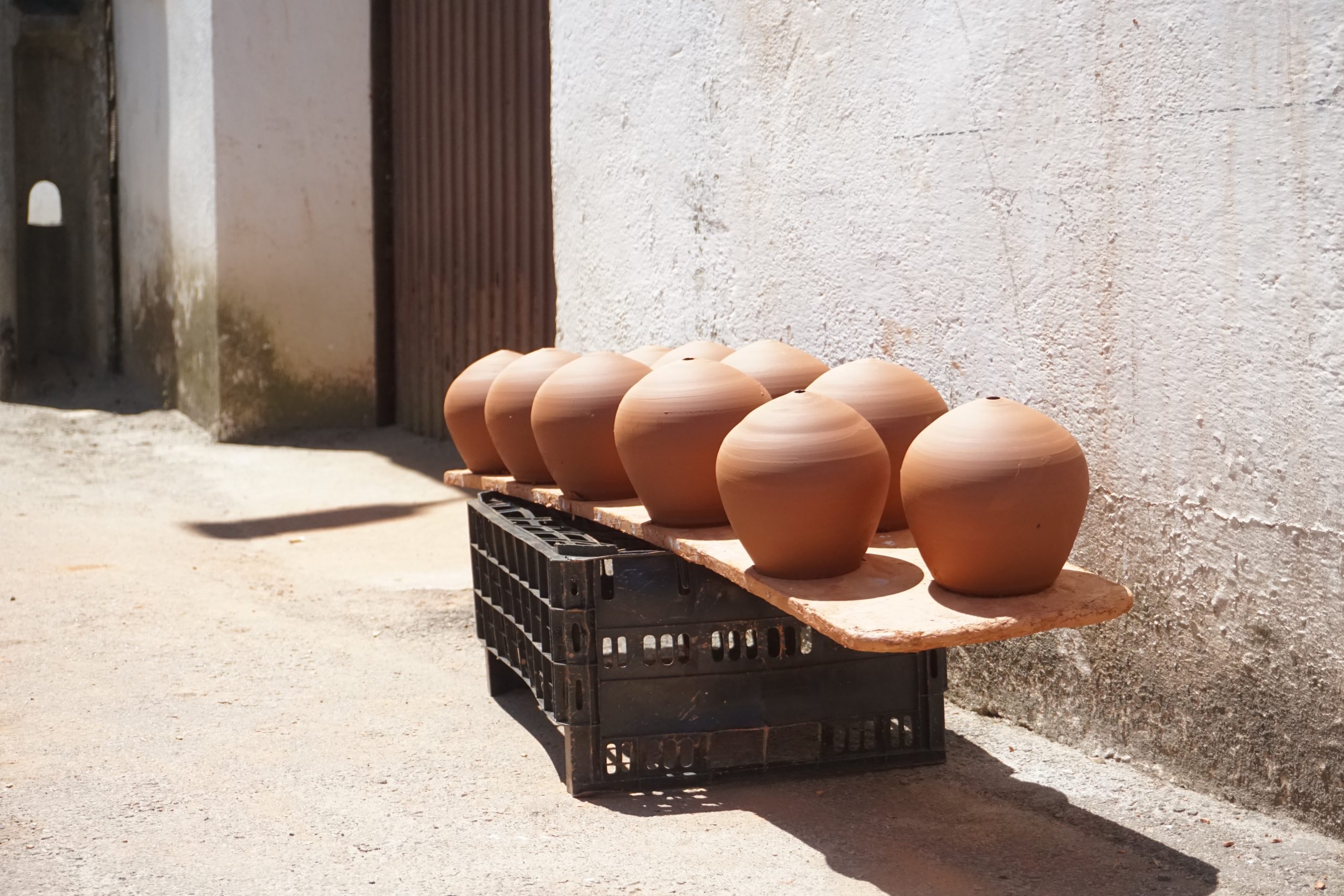
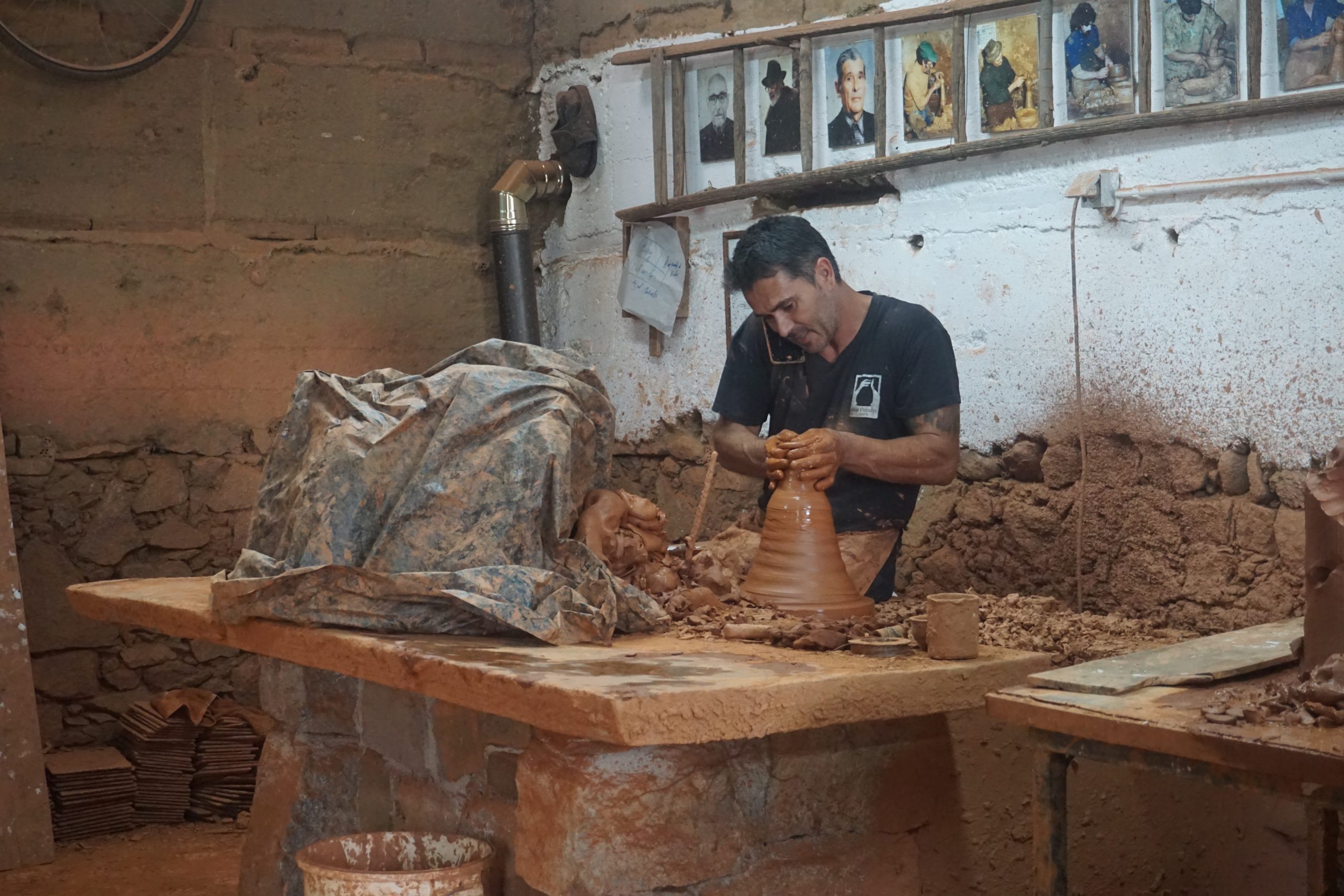
The Alentejo region is also known as Portugal’s cork country. Andrew was particularly excited about this as he loves the wonder material that is cork and was eager to visit one of the many cork farms in the area. In the end we visited Herdade da Maroteira near the village of Redondo. Our fantastic guide Antonio took us around (accompanied by many of the dogs) and explained all about the process of farming cork. As you can imagine, Andrew was in heaven and the tour went for about 3 hours!
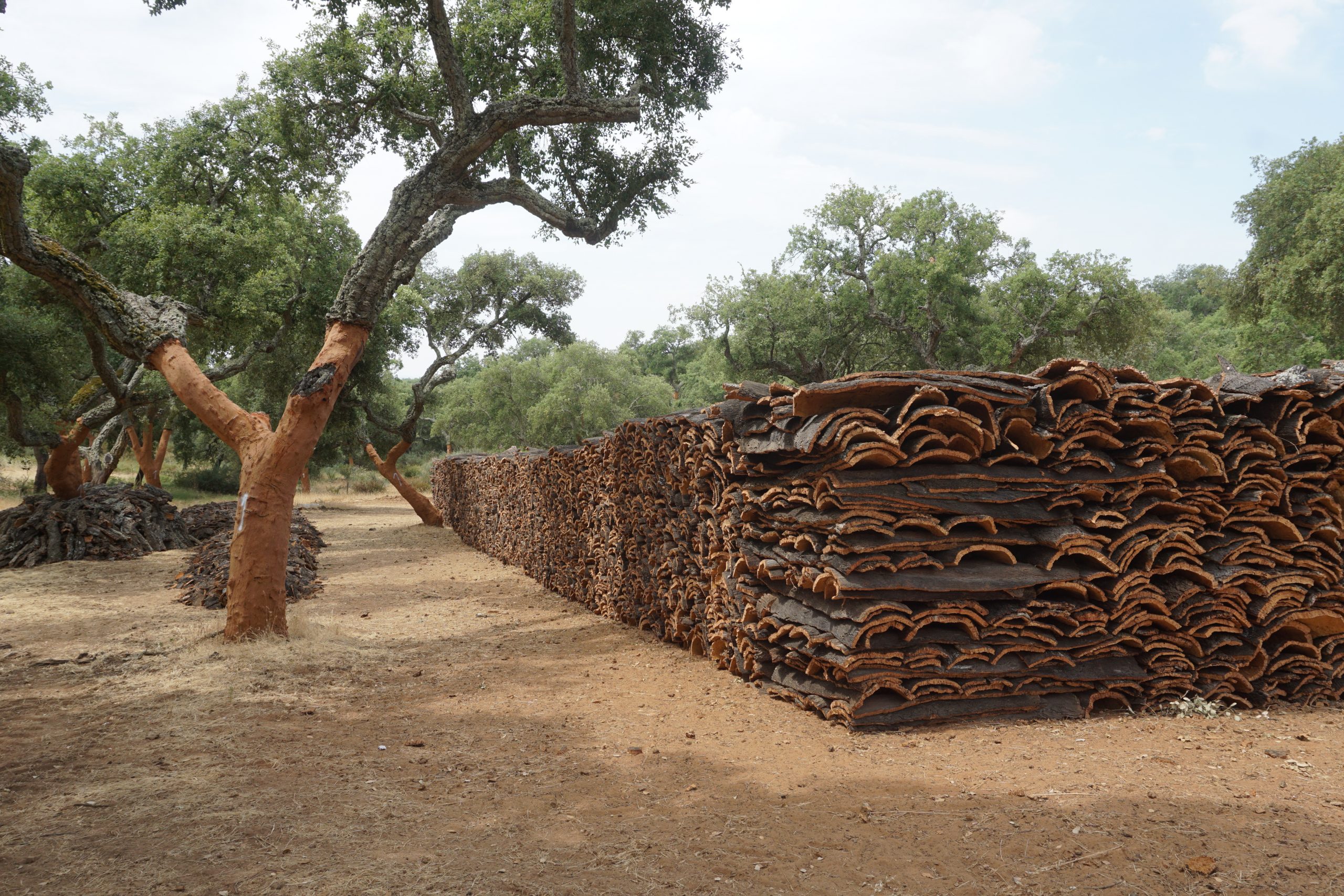
To continue in the craft-centric vein that is the Alentejo, we drove a little of the ‘marble route’ and visited the town of Vila Viçosa. Vila Viçosa is one of the marble towns in the region and marble has been extracted here since prehistoric times. The small village is lovely for a short walk around, I recommend visiting the Castle for some great views over the village, as well as the Ducal Palace which really shows off the marble in the region.
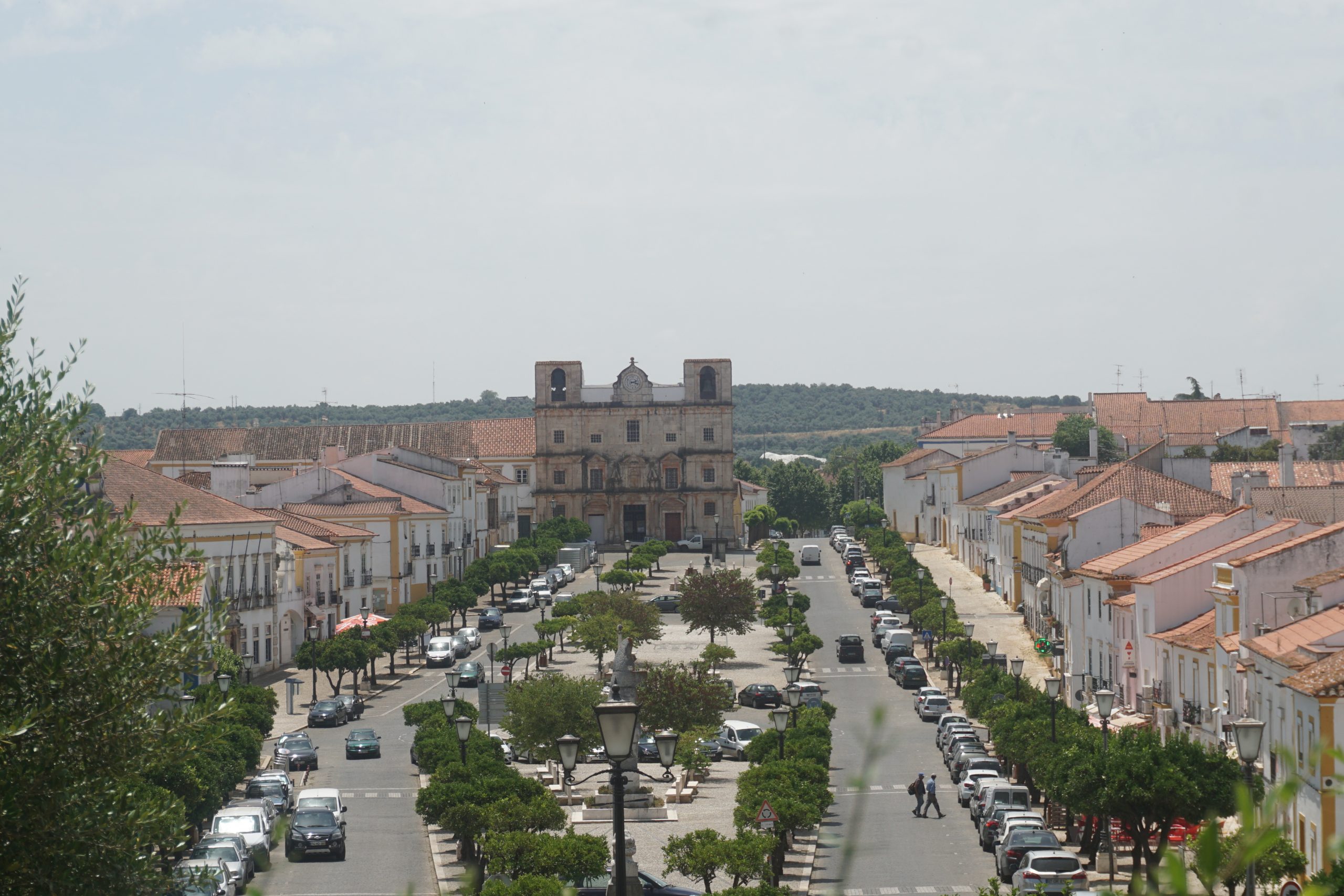
Surrounding Vila Viçosa are many marble quarries. We found it difficult to arrange a tour, but found you could just turn up to any of them and walk around a bit. No one seemed to mind and we figured health and safety wasn’t hugely on the agenda in the area!
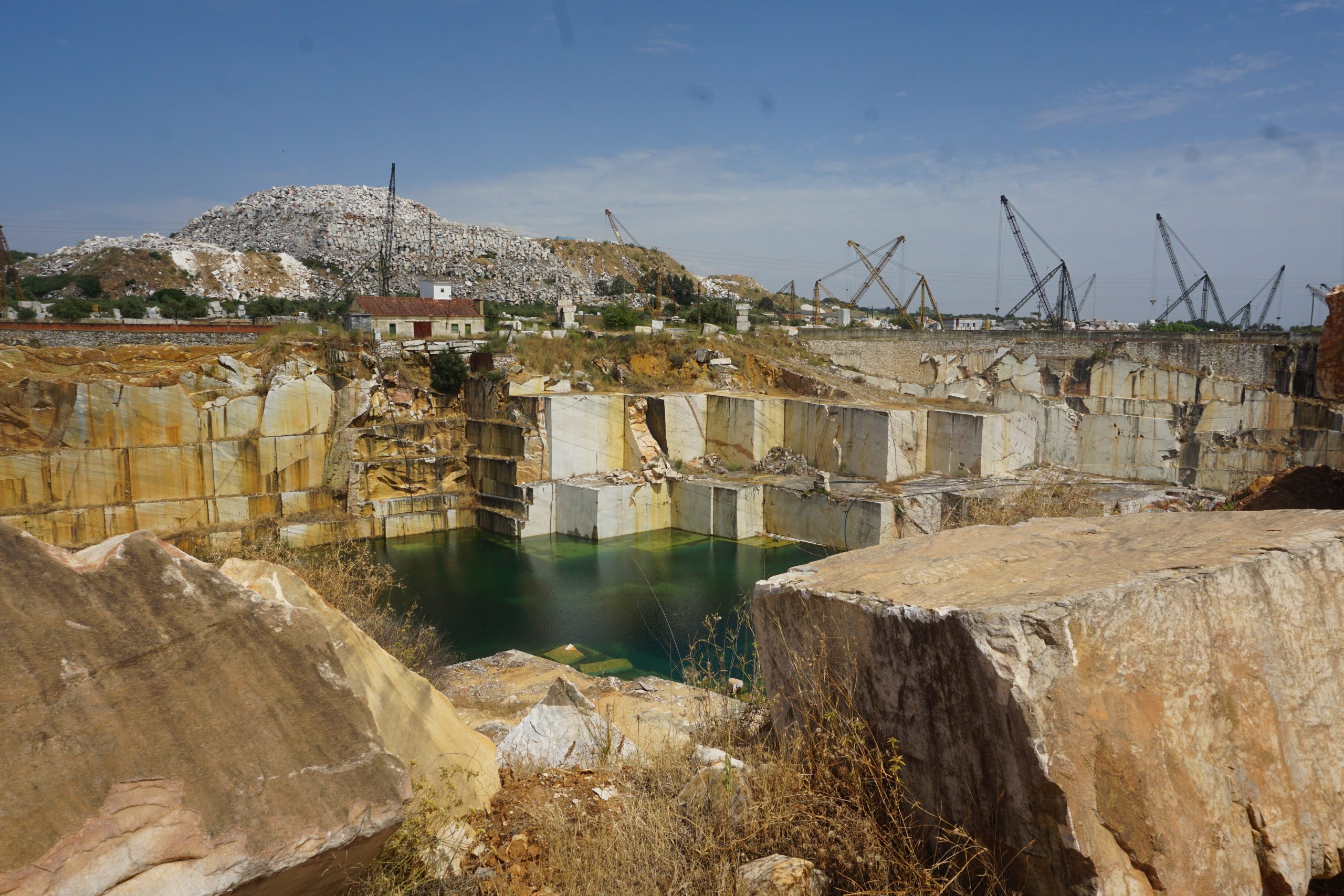
Of course we can’t forget about Portuguese wine! Luckily for us this area is also full of vineyards (I mean, what doesn’t it have, right?). We visited one of the bigger ones in the area for a tasting called Ervideira, where we tried many of the wines alongside some cheese and bread. It was a lovely experience and in hindsight we also would have liked to visit one of the smaller vineyards, but alas, we ran out of time.
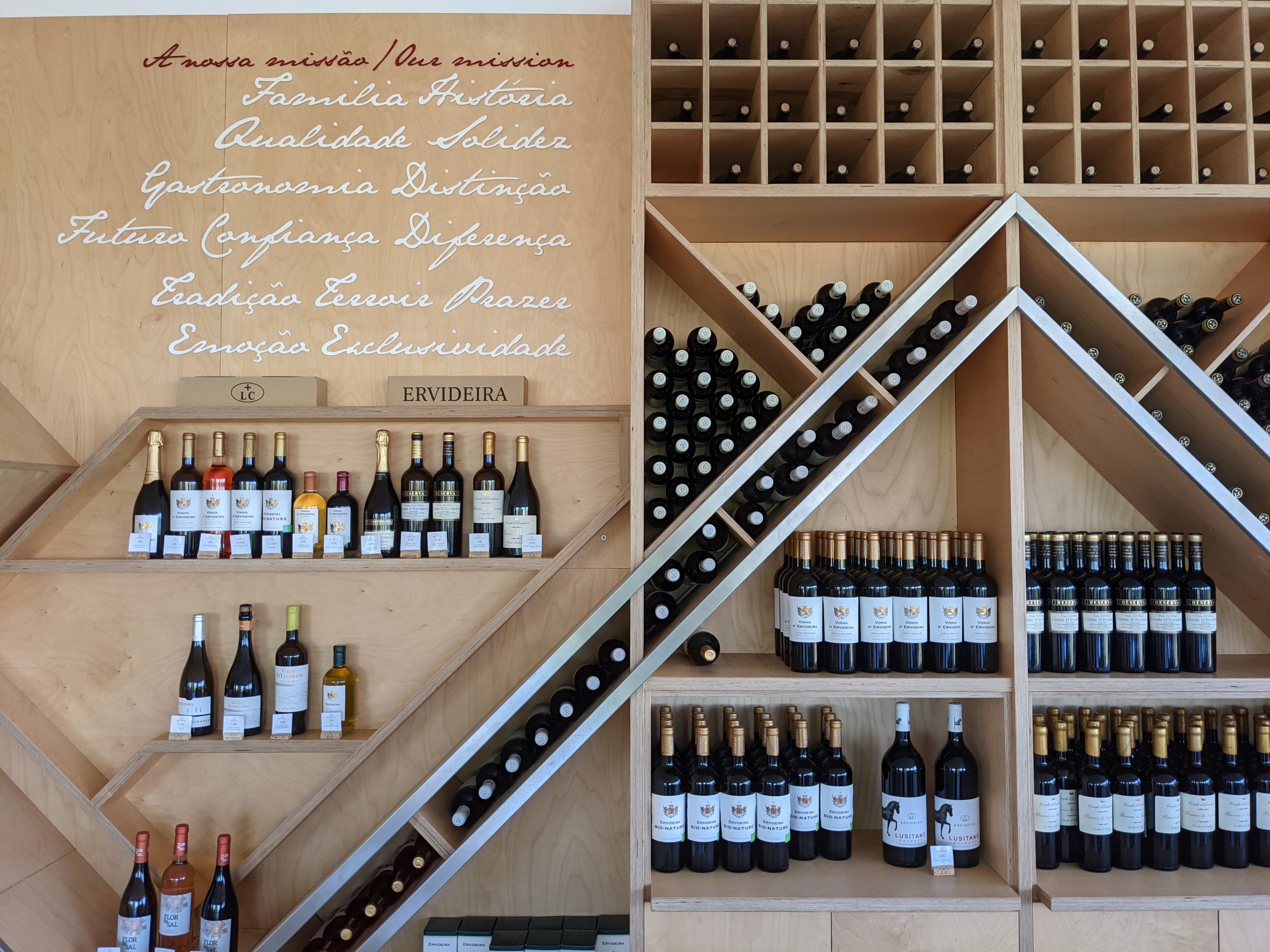
The Alentejo region is not just about raw materials, food and crafts, it also has so much history. This area really did tick all the boxes for Andrew and I. It seemed that every village we drove through had a hill with a castle on top of it. We loved this historical quirk, a good example was one of the first villages we stopped in called Montemor-o-Novo. You can drive up to the castle and explore for free, unaccompanied by many other people, perfect!
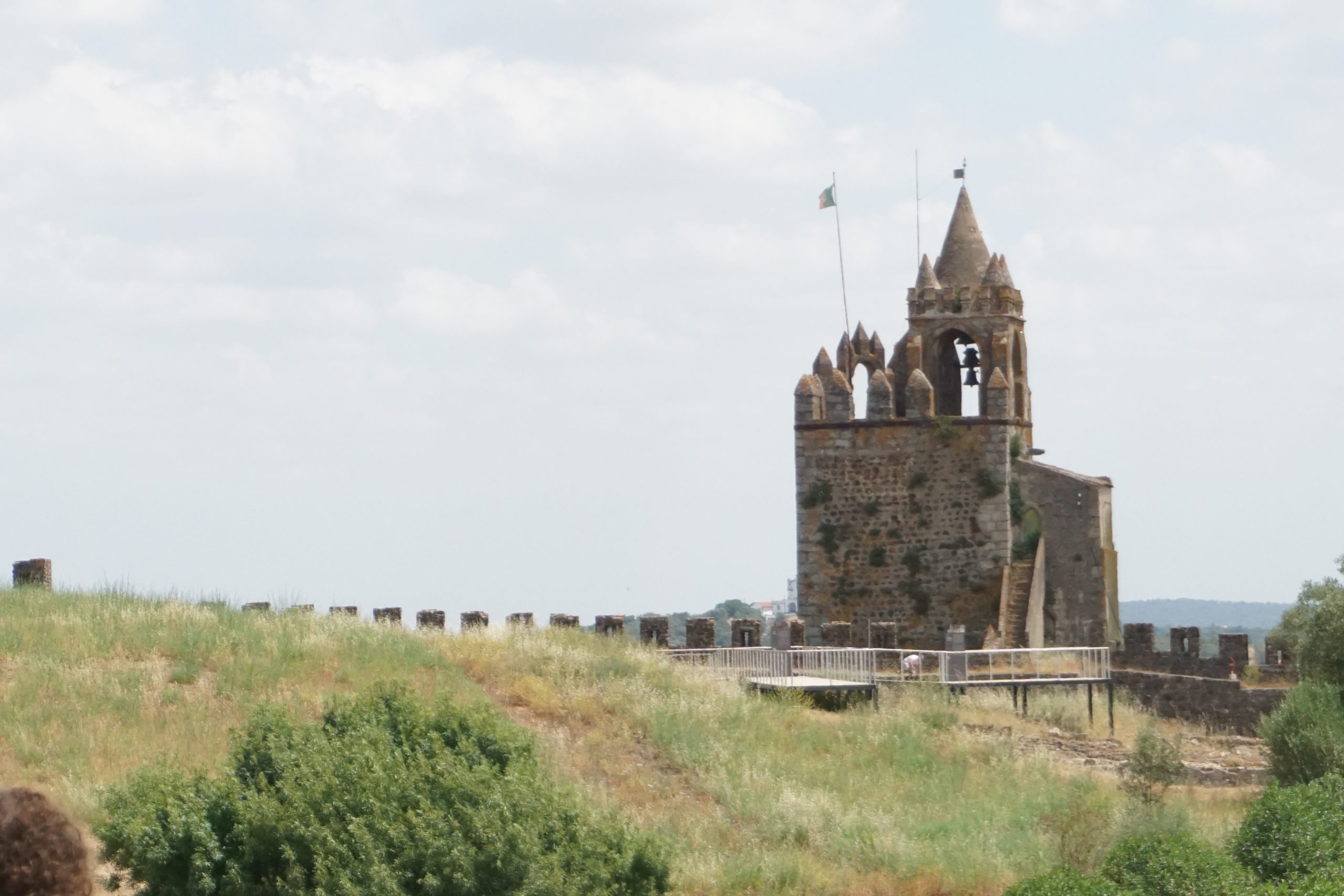
However, our favourite historical village to visit was Monsaraz, which is right on the border with Spain. Drive up to the castle and simply walk around (also free). It is truly spectacular and the views are stunning over the border to Spain. There are plenty of spots to stop for a pastel de nata or a coffee, which we of course did, while taking in the historial atmosphere. We particularly enjoyed checking out the old bullfighting ring and admiring the bougainvillea creeping up all the walls.
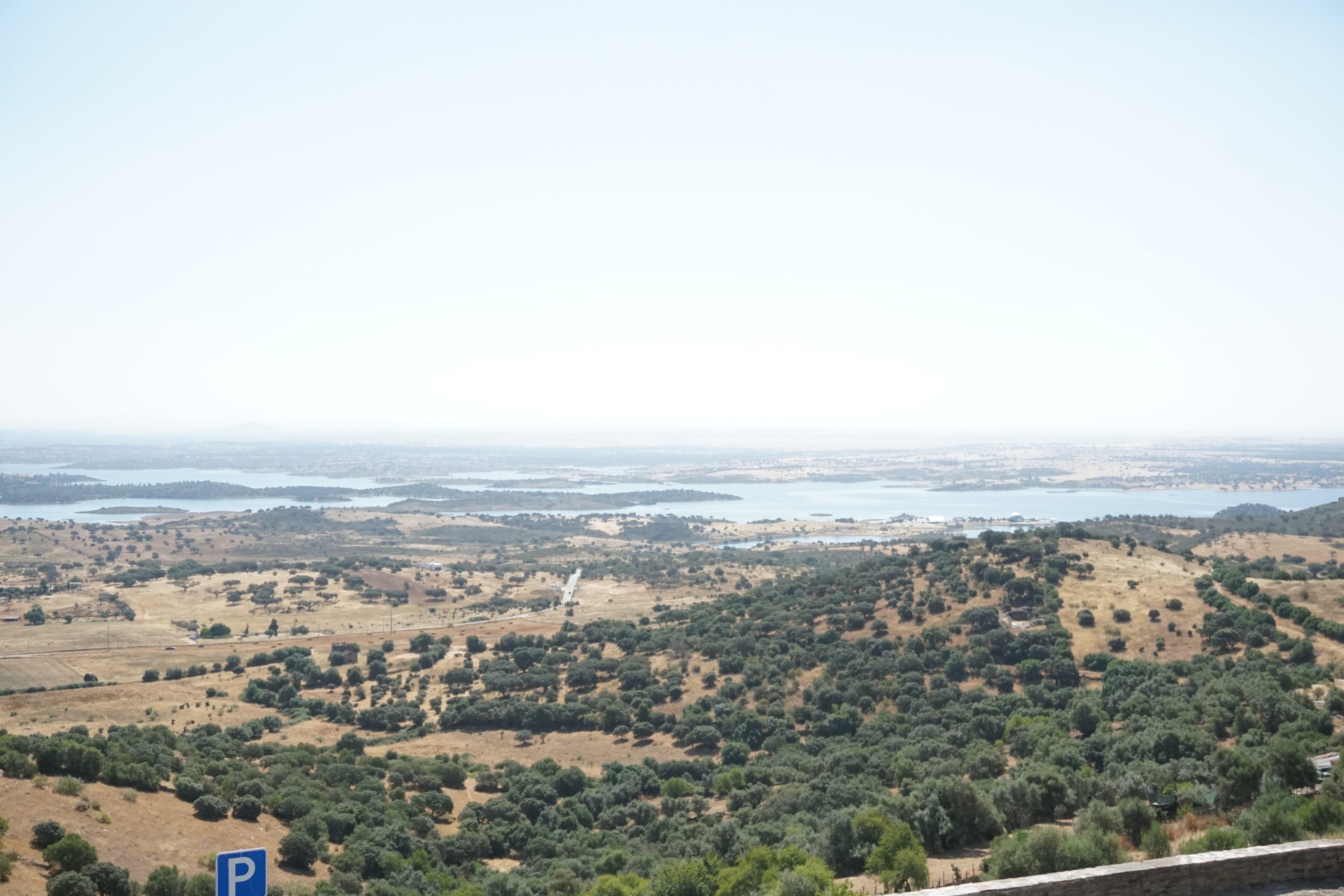
Overall our time in the Alentejo region was incredible and I could not recommend it highly enough. We loved exploring all the villages with their unique histories and crafts. Cost wise, it was much cheaper than Lisbon which made it all the better!
Here is a breakdown of our costs for 2 people for 3 days:
Accommodation – E187 (NZ$320)
Food/Drink – E163 (NZ$279)
Activities – E94 (NZ$161)
Souvenirs – E107 (NZ$183)
Miscellaneous – E15 (NZ$26)
Total spent – E566 (NZ$969)
